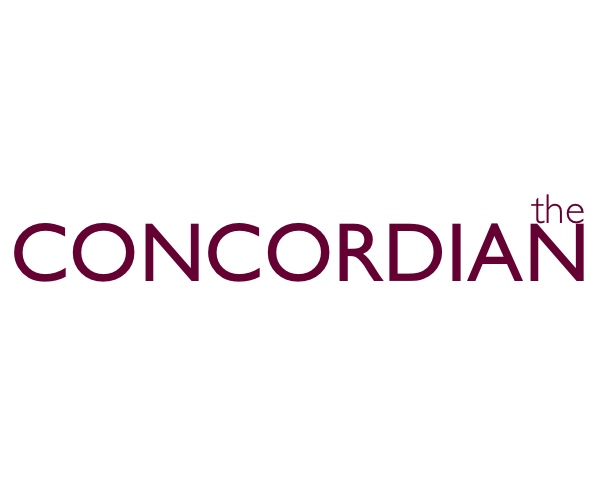When Tansy Wells sat in Jones 212 for her first science class at Concordia, Evolution and Diversity, she looked around at the 50 other students in her class. She chose Concordia because of its smaller classes and student-to-faculty ratio, but a packed lecture hall was not what she anticipated.
“I was definitely overwhelmed,” said Wells, who is now a sophomore.
While the number of students taking science classes has continued to grow, the number of faculty in the science departments has remained the same, creating a challenge for the department to accommodate all of their students.
“We just have to make it work,” said William Todt, chairman of the biology department.
Enrollment at Concordia has remained relatively steady since 2001, but the number of students taking science classes, biology classes in particular, has steadily increased. Currently, 1,339 students are taking a biology course this academic school year, whereas in 2001, 1,010 students were enrolled in these courses.
Todt attributes this increase to a reorganization of the major that has required incoming students to take four classes in sequence rather than three. Also, taking a science course with a lab was added to the core curriculum, bringing more students from outside the science majors into the Jones and Ivers buildings.
Further complicating the issue is that the biology department has striven to incorporate more writing in the classes, which typically would call for fewer students per section. However, smaller class sizes have not been possible with the increased enrollment.
“We have to make a sacrifice,” Todt said. “To increase quantity, we would have to decrease quality.”
Wells said that in addition to having very full lecture classes, the labs are also at capacity and can be stressful. Each lab can hold 32 students, Todt said, and each section is full.
“If there were less people in our labs, we could get through more material faster,” Wells said. “It’s difficult to understand some procedures if a professor isn’t there to walk you through it, but with that many students, there is always a line to ask questions. You really need to rely on your lab partners.”
Despite the increased enrollment, the biology department has not been awarded the ability to hire another full-time professor to alleviate the scheduling issues, Todt said. In order to cover all of the necessary sections, the department relies on adjunct professors, who are typically PhDs, graduate students or otherwise-qualified individuals hired on a semester basis, as needed. Hiring adjunct professors is less expensive than hiring professors full-time, Todt explained.
“We have been trying to make the argument for another biology professor for years,” Todt said, “but we get a little tired beating on that door.”
The last full-time position added to the biology department was six years ago, and since then, they have made do with adjunct professors and strategic scheduling to offer all of the classes and labs their students require. Even so, many students are confronted with scheduling issues when registration comes around. Because sections fill up so quickly, students are forced to postpone taking their science credits until later semesters. Then, when lowerclassmen need to sign up for the classes, the spots are filled by those that couldn’t get in the semesters prior.
“I know that people have a lot of trouble getting into the classes they need,” Wells said. “I know they want to fill up all of the sections that they have available before finding ways to offer new sections, but getting into both the lecture and lab you need is very frustrating.”
The last new position was created to expand the neuroscience minor, a recent addition to the program. However, Todt said that without the adequate amount of faculty, providing enough support in the neuroscience emphasis is “putting a strain on all existing faculty.”
“We are at a point where we will either need to obtain more faculty or admit fewer students to the program,” Todt said.
Meanwhile, the chemistry department lost a faculty position last year due to reorganization of the department, and the physics department is keeping up with covering all of the demanded sections. In fact, associate professor Heidi Manning, chair of the physics department, said that they were able to add an additional section of astronomy this year.
“I don’t see any problems with students getting into our lower-level science classes in the physics department,” said Manning, adding that there are upper-level physics classes that are far from full to capacity.
As the department grows and progress is made on the plans for a new science building, Todt is convinced the funding will be provided to cover the demanded classes. Until then, adjunct professors will be a common addition to the biology department.
“We have been fortunate with the quality of adjunct professors we have found,” Todt said. “They’re our short-term solution to a long-term problem.”

